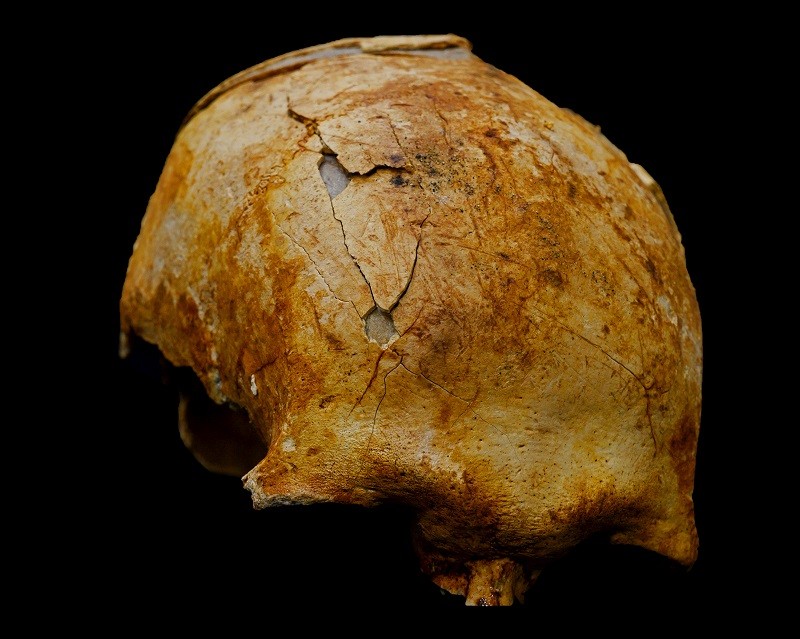Ancient shipwreck remains found in frontier access tunnel
Another important archaeological find has been unearthed as part of mechanical excavation works at the frontier access tunnel. This follows from the archaeological watching brief that is being carried out by Astarté, the contracted archaeologists for the airport project. This find reinforces the importance of having this kind of over-watch whenever contractors carry out ground works.
The items of ceramic materials and bones were discovered in the sand at a depth of 6 metres. The site is made up of different layers of sand, alternating with deposits of sea shells and this points to natural deposits produced by marine action.
The assemblage consists of nearly 200 fragments, of varying sizes, of Roman ceramics with elements from a range of dates and origins: fragments of Terra sigillata Africana (a type of high quality reddish ceramic which was very common in Roman times) along with remains of amphorae from different dates and provenance such as the Late Period (3rd to 5th centuries AD) possibly from the region of Lusitania (Roman Province that covered what is now Portugal and the province of Extremadura in Spain). These is also a set of fragments of amphorae that can be placed between the 1st century BC. and the 1st century AD, and which are common in the south of the Iberian Peninsula. The most common use for these amphorae in the area of the Strait of Gibraltar was for the transportation of products derived from the salting of fish, including the garum sauce, which was highly valued in Roman kitchens. The fragments of Terra sigillata Africana ceramics, seem to be from a later period – possibly between the 4th and 5th centuries AD - and as is common in this type of ceramics, they contain embossed or patterned decorations.
In this same context, a human skull was also found, which a very preliminary analysis suggests may have belonged to a middle-aged male individual.
Due to the types of strata in which the material was found, the presence of marine concretions on the pieces, and the nature of the assemblage which includes material from different dates, it is possible that they originated from sunken ships in the vicinity, towards the area of the isthmus, where they have remained until today.
The Ministry for Heritage and the Gibraltar National Museum will now be carrying out further study on the artefacts.
The Minister for Heritage, The Hon Professor John Cortes said: “Although the area had already unearthed other archaeological material, such as cannon balls and more recent military structures, it was very exciting to be informed of this discovery. We are now ensuring much more effectively than ever that no opportunity is lost in charting our rich heritage. It clearly demonstrates the breadth of Gibraltar’s history, where at the same location, one day you are looking at WWII structures, the next, artefacts dating to the Great Siege and the following day to Roman times. One can only imagine what may have happened, perhaps during a strong levanter gale, with the ship not being able to make it round to the shelter of the Bay. Such finds stimulate our thoughts to reach back into the rich history of our homeland.”

Published: July 19, 2019
Other similar News
News
The #IceAgeEuropenow touring photographic exhibition arrives in Gibraltar
Published: March 16, 2019
18-20 Bomb House Lane
PO Box 939,
Gibraltar
